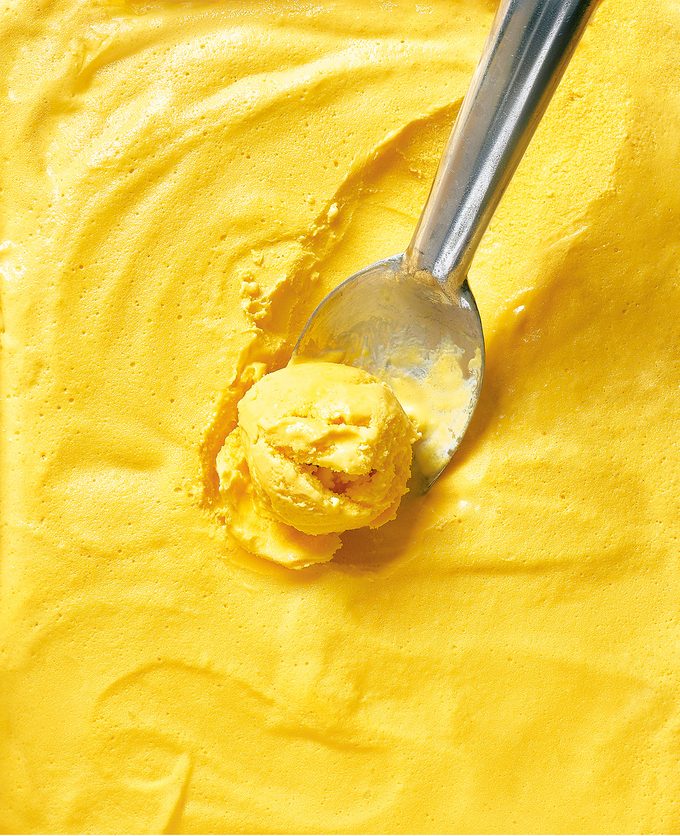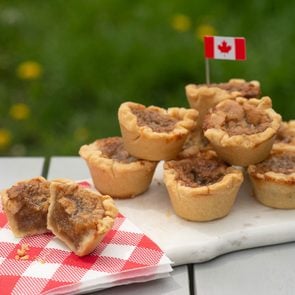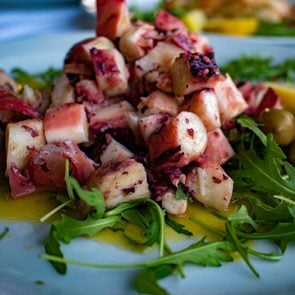The Scoop on Gelato
Discover the fascinating story of how this frozen Italian treat has won fans all over the world.

Why Gelato is Better Than Ice Cream
We all love ice cream, but gelato, sculpted into colourful waves or mountains behind glass counters the world over, is denser and its flavours more pronounced. Even better: Because it’s made with more milk and less cream, gelato is also lower in calories. In fact, apart from its fantastic taste, gelato is perhaps best characterized by the quality of its natural ingredients.
A History of Gelato
We think of frozen treats as modern marvels, but even people in ancient times enjoyed flavoured desserts made with naturally occurring ice. Egyptian pharaohs served their guests ice sweetened with fruit juice. Romans crushed ice from Mount Vesuvius and enjoyed it with honey. Many believe that the origin of gelato is a Chinese recipe Marco Polo brought back to Italy around the end of the 13th century. It called for milk and spices to be mixed with overcooked rice and snow.
Gelato’s Italian breakthrough came more than 200 years later, when astrologist Cosimo Ruggieri won a culinary contest sponsored by the influential Medici family with his fior di latte gelato, which omitted the rice. A smitten Catherine de Medici later had Ruggeri make it for her wedding to the future king of France.
However, Bernardo Buontalenti is considered to be the “father of gelato.” (An American gelato brand, Talenti, is named after him.) In 1565, the famous Florentine artist and architect created a new dessert based on zabaglione, a type of whipped custard. He used milk, egg yolks and honey flavoured with sweet wine, bergamot, lemon and orange for the court of Catherine de Medici.
Despite being a hit among royalty, gelato didn’t gain mass popularity in Europe until Le Procope, a Paris café owned by Francesco Procopio dei Coltelli, started serving it in 1686. (Procopio, a Sicilian, also created the first ice-cream making machine, which allowed for the large-scale production of the frozen dessert.)
The treat then came to America with Italian native Giovanni Basiolo, who arrived in New York City in 1770. Gelato didn’t become a sensation there, though, until the 1900s.
It’s Not Just For Dessert
Gelato can be enjoyed atop breakfast pastry (brioche con gelato) or drowned in a shot of espresso (affogato). You can even find savoury varieties such as red wine, olive oil or tomato with basil. Spun through the mind of a culinary wizard, it can be otherworldly: At Toronto’s Michelin-starred Don Alfonso 1890, an eel-infused version served on wild-rose tagliatelle with herbs and caviar is on offer.
Those who love it so much they want to become a true aficionado can attend Gelato University in Bologna, Italy, and learn how to create their own variations. GU also has a course for those with aspirations to be gelato shop owners; the school trains students on the details of how to make true gelato, and how to open and run a shop anywhere.
Most of us will be satisfied just enjoying the tasty stuff on a warm day. Dressed up with fruit, nuts or sprinkles, or served straight, gelato is truly one of the hottest commodities on the frozen-treat market.
Now that you’re craving a scoop of gelato, here are nine hydrating drinks—that aren’t water—to keep you refreshed all summer long.






